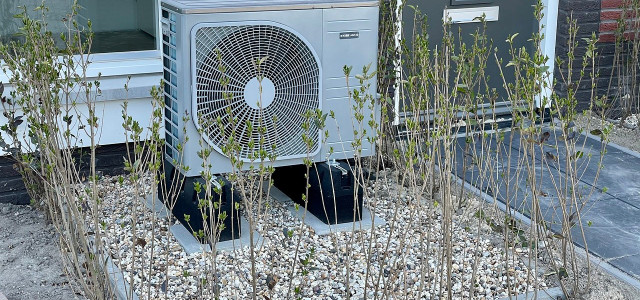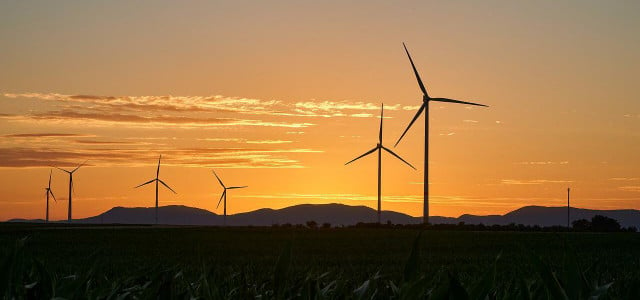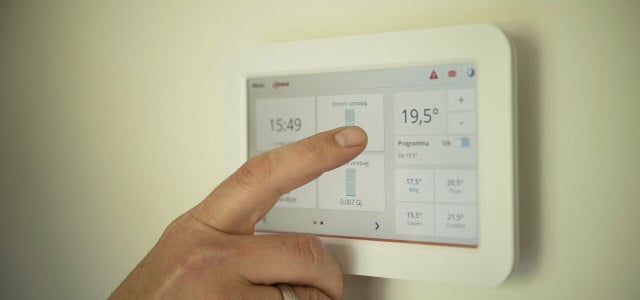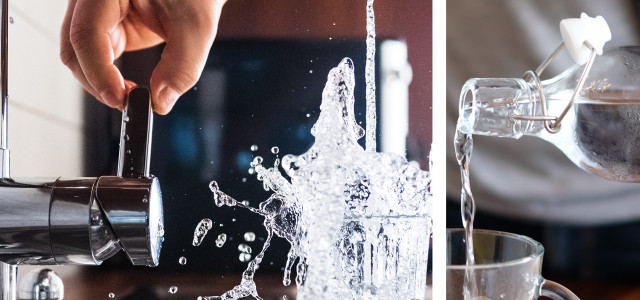There are three main types of heat pumps. Each has further categories with their advantages and disadvantages. We’ll look at each, how they work and who they are best for.
If you have been looking into a new heating and cooling system, you may have noticed many different types of heat pumps on the market. These include geothermal, air-to-air, and water-source heating and cooling systems.
The best heating and cooling system is the one that you find the most affordable and sustainable for your home. However, with so many options, it can be difficult to know what type of heat pump to purchase. This article will discuss the different kinds of heat pumps and the pros and cons of each type.
Why Use Heat Pumps & How Do They Work?
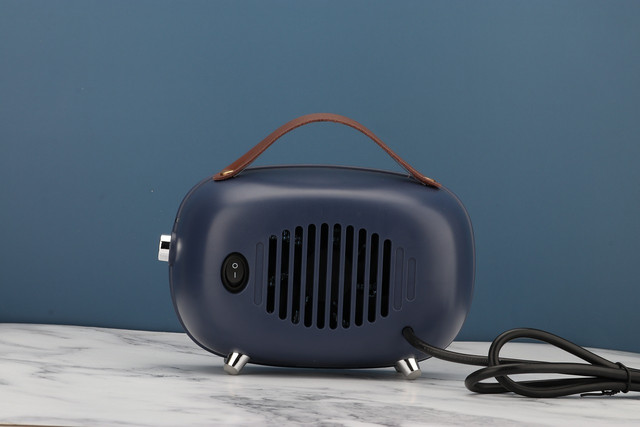
According to the U.S. Department of Energy, traditional heaters such as electric furnaces and baseboards use more than 50 percent more electricity than heat pumps. In fact, analysis of traditional heating technologies in the US reveals residential energy use causes 20 percent of all greenhouse gas emissions in the US.
Heat pumps can reduce this reliance and help you heat your home more sustainably. Air conditioners, gas, and electric space heaters are not as energy-efficient in heating as well as cooling a room.
No matter the type of heat pump, they all work according to one principle: they extract warmth from a natural source and transfer it to your home or office. The different types of heat pumps extract heat from various locations, such as the air, ground, and water.
Here, we’ll look closely at these sources and how you choose the right one.
1. Type of Heat Pump: Geothermal
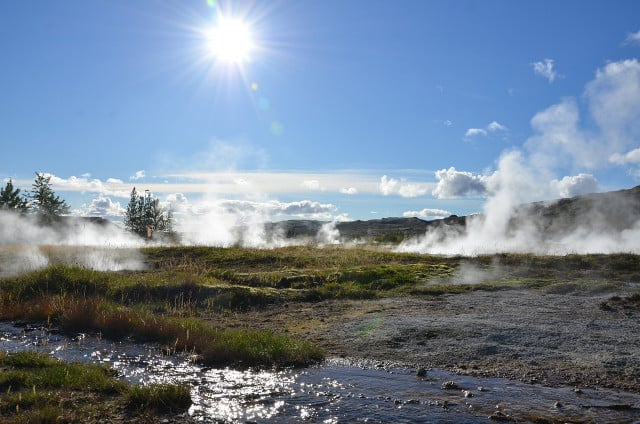


Geothermal heat pumps, also known as ground source heat pumps, are the most sustainable type of heat pump. They use the ground to generate heat that is then used to power an air conditioner. Since they use the earth as the heat source, geothermal pumps don’t require much energy to run. However, they are still not as efficient as other heating and cooling systems in terms of how well they can heat and cool a home.
But, not all types of geothermal pumps work the same, and some do a better job than others. Moreover, some systems work to accommodate others by working in combination to produce better results:
Open and Closed Loop Systems
- In a closed-loop system, the ambient heat of the earth is collected by a series of underground loops carrying a liquid refrigerant, such as antifreeze. As the refrigerant circulates the coils, it draws this heat to a heat exchanger, also known as an evaporator which transfers the heat from the ground into the liquid. The liquid is put under high pressure to condense it into gas and raise its temperature. It then goes through another heat exchanger, where it is distributed throughout the home.
- However, unlike a closed system, an open system uses groundwater as a refrigerant instead of a chemical coolant. Groundwater is pumped directly to the condenser, bypassing the heat exchanger, because the water is already at ambient temperature. The water goes through the condenser to distribute heat, and the grey water goes back into the earth.
An open-loop system is cheaper than a closed-loop system because it doesn’t require an additional heat exchanger. However, a closed loop system is often more heat efficient because it can keep heat in constant circulation within its system.
Horizontal and Vertical Systems
These systems are typically installed in areas close to the earth and are very efficient. The heat pump can be horizontal or vertical. Horizontal pumps are the most common type of ground source heat pump.
- A horizontal pump is typically installed in areas more than 20 feet deep with a large amount of groundwater.
- Vertical ground source heat pumps are usually installed in areas that are less than 30 feet deep and have a smaller amount of groundwater.
The use of horizontal and vertical depends on location and can be open or closed systems based on what will be more effective. For instance, a closed loop may work better with a horizontal system because it can use water as an additional heat source.
Hybrid and Pond Systems
Pond systems work by using a loop of pipe placed in the ground and filled with coolant. The pipe is designed to draw heat from the ground, which is then transferred to the loop of the pipe. This coolant can then be pumped through a closed loop of pipe connected to the building and then outside of the building to provide cooling to other areas.
There is also a new hybrid system that uses a natural gas furnace and ground source heat pump. This system allows you to save money on heating and cooling by using the ground to heat your home when it is cold outside and using the furnace when it is warmer outside. This allows you to use less gas, so the hybrid system is an excellent choice for those who want to save money.
Pros and Cons of Geothermal Heat Pumps
Pros:
- Geothermal heat pumps are environmentally friendly and can be more cost-effective than other types of heat pumps.
- They don’t have any harmful chemicals released into the air and are safe to use in adverse climates.
- This makes geothermal heat pumps a good option for people living in places that have extreme temperatures.
Cons:
- Geothermal heat pumps must be installed on a concrete slab and are often costly.
- They also require a lot of maintenance and can be expensive to replace when they malfunction.
- They are not the best option for homes with very little square footage because of their limited heating and cooling efficiency.
- They are also not recommended for homes in areas where the ground is frozen or has a lot of ice in it.
2. Type of Heat Pump: Air-to-air
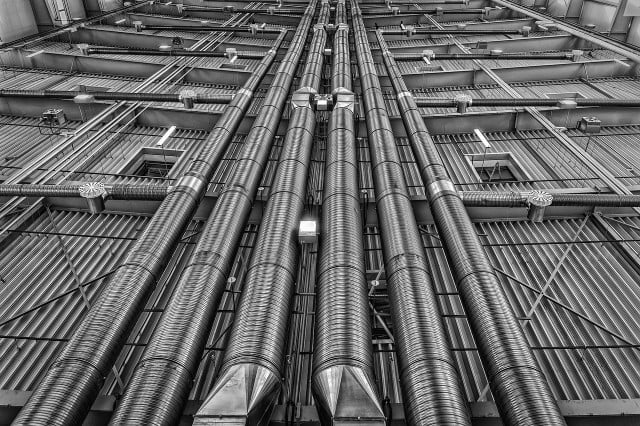


An air-to-air heat pump is a type of heat pump that uses the heat from the outside to heat the inside of a home. The air-to-air heat pump is often the most efficient option for heating or cooling a home. However, air pumps often use coolants and refrigerants to increase their effectiveness, making them less sustainable than other options.
Ductless and Ducted Systems
A ductless system is an air-to-air heat pump that uses a single compressor and a single outdoor coil. A ducted system is an air-to-air heat pump that uses two compressors and two outdoor coils.
The primary difference between the two systems is how they deal with the water vapor condensing on the outdoor coil:
- In a ducted system, the condensing water vapor is drawn back into the compressor, which is mixed with the refrigerant. The refrigerant then travels through the outdoor coil.
- In a ductless system, the water vapor condenses outside the coil and is drawn in by the compressor, where it is mixed with the refrigerant. The refrigerant then travels through the outdoor coil.
A ductless system is cheaper to install and is a good choice for older homes with poor air quality — whereas a ducted system is more efficient overall because of its compressor, but usually more expensive.
Split and Packaged Systems
When purchasing an air-to-air heat pump, you should consider what you need the system to do. For example, some people would prefer a system that is only used for either heating or cooling (a split system), while others would like a system that can both heat and cool (a packaged system).
You should also consider the size of the system.
- Split systems have two separate units, one indoors and one outdoors, while a packaged system is compact enough to fit in a small room.
- Packaged systems are better built for heating and cooling but are usually more expensive and less energy effective.
Multi-zone Systems
This system can be used in different rooms and has an air handler, which distributes the air throughout the home. The air handler is attached to the central unit, then placed on the ground. These systems are more expensive than other types of systems but are also the most efficient at heating and cooling because they take and distribute air from multiple sources. However, in exchange, they use a lot of energy.
Pros and Cons of Air-to-air heat pumps
Pros:
- Air-to-air pump heaters are powerful heaters and coolers, so they can be used in all climates.
- The U.S. Department of Energy reports that units explicitly designed for colder regions could help save around 3,000 kWh (or $459) compared to electric resistance heaters and 6,200 kWh (or $948) when compared to gas systems for your home.
Cons:
- Air-to-air heat pumps have a lengthy installation process.
- To be the most effective, a home needs good insulation or an underfloor heating system. This can require high levels of expertise and can cost up to $60,000.
- There are also environmental concerns with air-to-air heat pumps because these systems can be extremely noisy and can require a lot of water to generate heating.
3. Water Source Heat Pumps
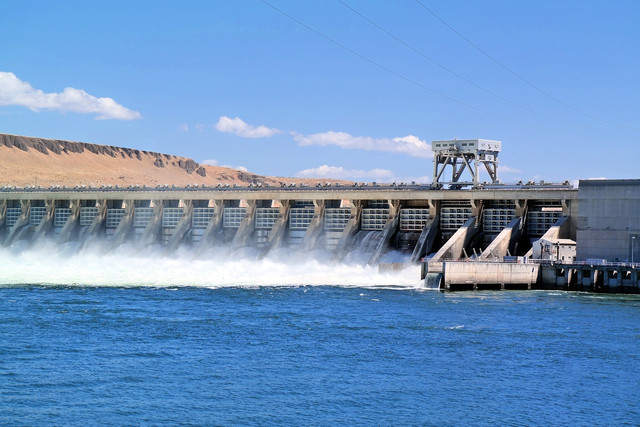


These pumps are a type of air conditioner or heating system that use water (or another coolant, such as refrigerant) to transfer heat from one place to another. Depending on the type of heat pump, it may or may not use a condenser to direct the heat to the outside of the building. The two most common types of water source heat pumps are the closed loop and open loop.
Closed Loop
Closed loop heat pumps are a type of heat pump that uses the heat of the water to provide heating, cooling, and hot water. The closed-loop system is a continuous loop of piping that circulates the liquid through a heat exchanger.
This makes closed-loop pumps different from other water-based heat pumps because they can provide a constant source of heat. These systems are also referred to as closed-loop liquid-to-liquid heat pumps.
Open Loop
In an open-loop system, the heat pump is connected to a tank of water pumped to the heat exchanger. The water in the tank is pumped through the heat exchanger, which is heated and then released through the top of the heat pump. The heat pump then uses the heat from the water to generate heat for the building.
The advantages of an open loop heat pump are that they are inexpensive, easy to install, and have minimal energy consumption. The disadvantages are that they have a lower efficiency than closed-loop heat pumps, and they rely on the strength of the building’s water supply.
Pros and Cons of Water Source Heat Pumps
Pros:
- Water source heat pumps are a great way to heat your home with minimal electricity. While electricity is required to circulate water through the heat pump, you can expect to receive between three and four units of heat in return for every unit of electricity used.
Cons:
- The first and most obvious disadvantage is the initial cost. Water source heat pumps are much more expensive than electric heaters.
- The second disadvantage is that if your water source heat pump breaks down, you will have to wait for a plumber to fix it. This is not the case with electric heaters.
- Lastly, water source heat pumps, though low on electricity use, use a great deal of water. A poor system can be just as damaging to the environment as electric heaters.
Takeaways
Heat pumps are robust systems that can help keep your home warm and toasty during the winter, but you have to find which system works best for your home and family. Every system has its advantages and disadvantages. The important thing is choosing a type of heat pump which works for your climate, house size, and budget.
Understanding the basics should help make that decision a bit easier. Until you’ve decided on which type of heat pump is right for you, you can keep cool in summer by cooling your room without an AC or by insulating your windows to keep the heat out.
When it’s cold outside, check out what the recommended thermostat settings for winter are for each room in the house, or simply stay warm under a blanket with a homemade heating pad.
Read more:
- 12 Awesome Examples of Green Architecture in the US
- The Advantages and Disadvantages of Solar Energy
- 9 Home Heating Mistakes That Cost Money & Waste Energy
Do you like this post?






